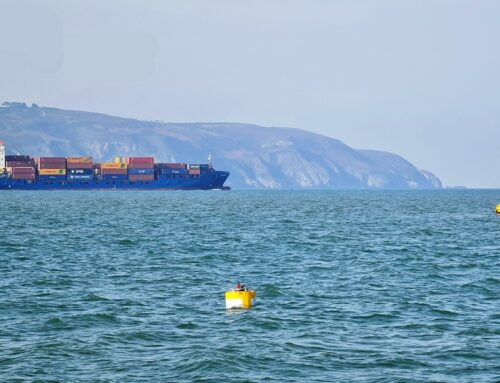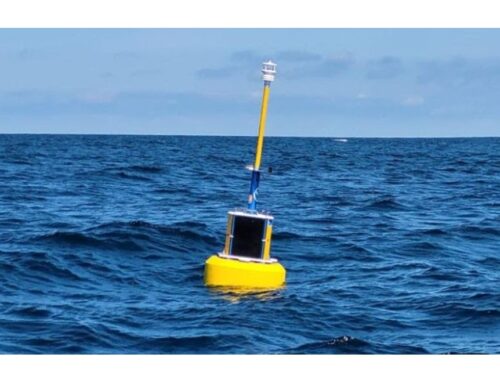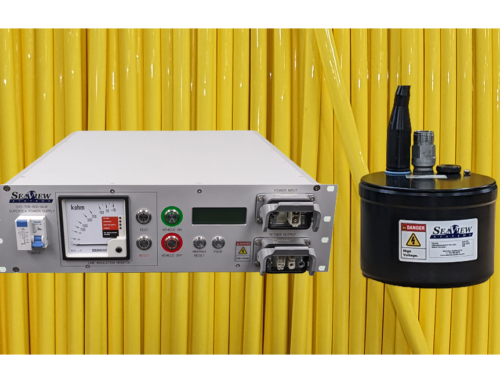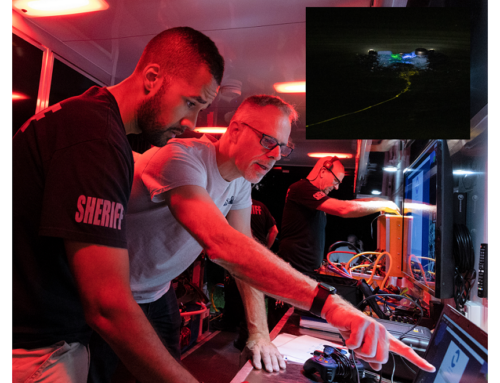Today we locked in our contract to exhibit at HydroVision International 2012 which will be held in Louisville, Kentucky from July 17-20, 2012. HydroVision is a major conference representing the hydroelectric energy generation industry.
SeaView Systems has a strong role to play in the Hydro industry. We may be best known for our surveys of underwater structures including pipelines and tunnels, penstocks, draft tubes, dams, trash racks etc. but a strong and growing service line is the development of custom underwater tooling.
Robotic technology provides many opportunities to save on cost and time while lowering risk. We lower or remove risk to personnel, we are not limited in depths that we can work, nor temperature, nor the number of hours on site and we can work in very tight locations. In some instances, we can perform work faster and more precisely then can be done by a person alone.
SeaView founder & president Matthew Cook believes that some of the recent cutting edge work which we have performed in municipal water may be of interest to the Hydroelectric community. Hence, he has submitted an abstract to HydroVision discussing as a case study a major project we have been working on over the last two years in support of J.F. White Contracting Company performing rehabilitation work on part of the aqueduct system feeding the City of New York.
The abstract reads as follows:
Case study of underwater rehabilitation project using custom robotic tooling.
Over a period from Spring 2010 through Fall 2011, underwater technology solutions provider SeaView Systems, Inc. was tasked with building a range of tooling and to support the rehabilitation of an aqueduct system feeding New York City. The project involve building a remotely controlled grapple to remove 1400lbs of debris, support an Atmospheric Diving Suit (ADS) in the inspection of a valve in 400ft of water, build a series of tools to block off a failed valve and mount a 6’ x 5.5’ x 1” rolled stainless steel plate onto the wall of a concrete shaft also at 400ft of water.
Tools developed included:
- Robotic, surface controlled grapple for removal of debris.
- Locking sump cover with surge relief.
- Submersible electric chain saw capable of cutting out a heavy bronze grating.
- System to position and “fly” a heavy supporting truss into position.
- Robotic core drill to drill 30ea 1” diameter x 18” deep core holes.
- Rock bolt insertion tool.
- Electric torque tool to torque rock bolts to precisely to 150ftlb.
The presentation will illustrate how, by using a modular development approach and teamwork, custom tooling may be developed in an efficient manner. Our method helps enable underwater construction tasks to be completed in a timely and cost efficient manner bringing assets back online to service communities sooner.





